SOURCE: AFI
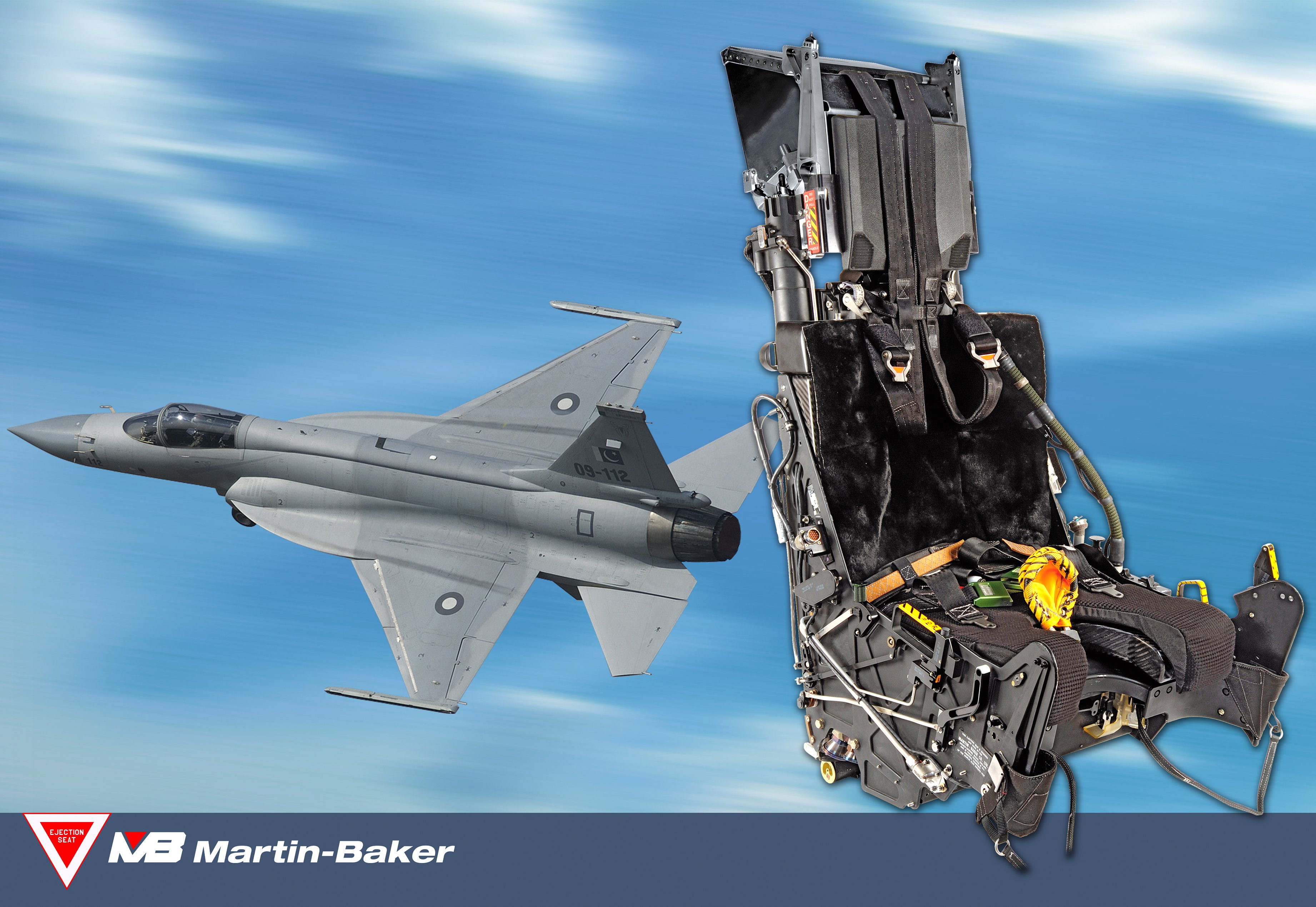
A recent report by the Indian Defence Research Wing (IDRW) claims a Pakistan Air Force (PAF) JF-17 fighter jet crashed on June 5th, 2024. However, this incident has not been acknowledged by the PAF, any Pakistani media outlets, or Martin-Baker, the manufacturer of the aircraft’s ejection seat.
The alleged crash, if confirmed, would be the fifth known incident involving a JF-17. While social media videos purporting to show the crash have circulated, there’s no official confirmation. This silence extends to Martin-Baker, the manufacturer of the JF-17’s ejection seats. Their “EJECTION NOTICES” section, which typically acknowledges successful seat use, has no mention of this event.
Continue readingSOURCE: AFI
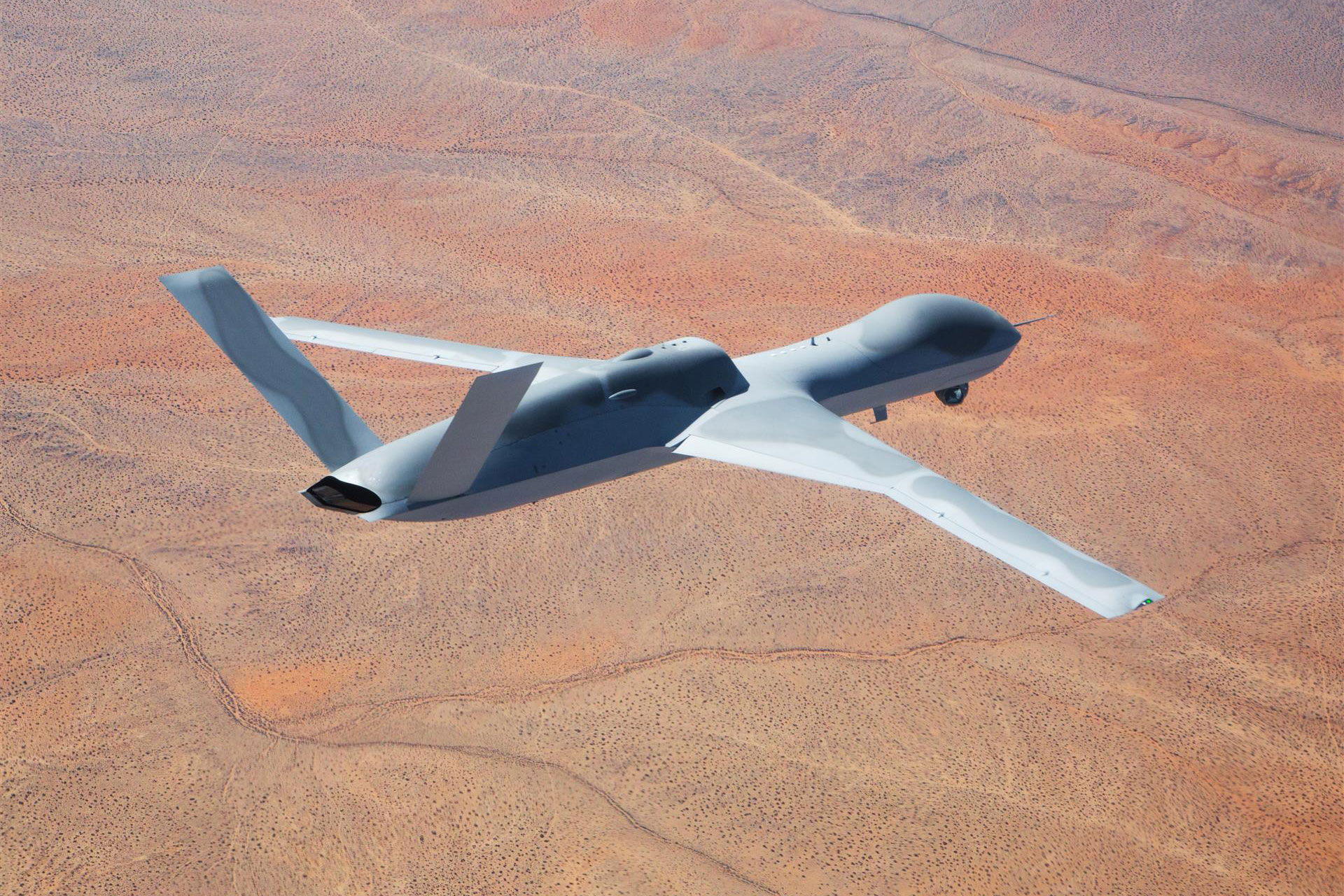
In 2017, the Indian Air Force (IAF) set its sights on acquiring armed unmanned aerial vehicles (UAVs), specifically the General Atomics Predator C Avenger. This potential deal, estimated at a staggering $8 billion, involved 80 to 100 Avenger drones for the IAF.
The request came during the Trump administration, following a productive meeting between Prime Minister Narendra Modi and President Donald Trump in June 2017. Interestingly, this meeting also saw the US approve the sale of 22 unarmed Guardian drones to India, bolstering the Indian Navy’s surveillance capabilities in the Indian Ocean region.
Continue readingSOURCE: AFI

Celebrating six decades of providing scientific advice to the Indian Air Force (IAF), the Defence Research and Development Organisation (DRDO) organized a seminar on Knowledge Management on June 7th, 2024.
The seminar was graced by Air Marshal Ashutosh Dixit, Deputy Chief of Air Staff. Air Marshal Dixit not only commended DRDO’s contributions to national security but also actively participated in discussions on capturing, sharing, and managing tacit knowledge within the defence sector.
Continue readingSOURCE: RAUNAK KUNDE / NEWS BEAT / IDRW.ORG
.jpg)
India’s Hindustan Aeronautics Limited (HAL) is accelerating production of the LCA-Tejas Mk1A fighter jet, aiming to build 24 aircraft annually. This announcement by HAL chief CB Ananthakrishnan signifies a significant boost to the Indian Air Force’s (IAF) fighter strength.
Previously, HAL operated under a “Contracted Schedule” with a production rate of 16 Tejas Mk1A jets per year. The new plan, dubbed the “Enhanced Delivery Schedule,” leverages HAL’s existing three production facilities: two Bengaluru lines (each producing 8 aircraft) and a new line in Nashik with an identical capacity. This combined capacity allows HAL to reach the target of 24 jets annually.
Continue readingSOURCE: RAUNAK KUNDE / NEWS BEAT / IDRW.ORG
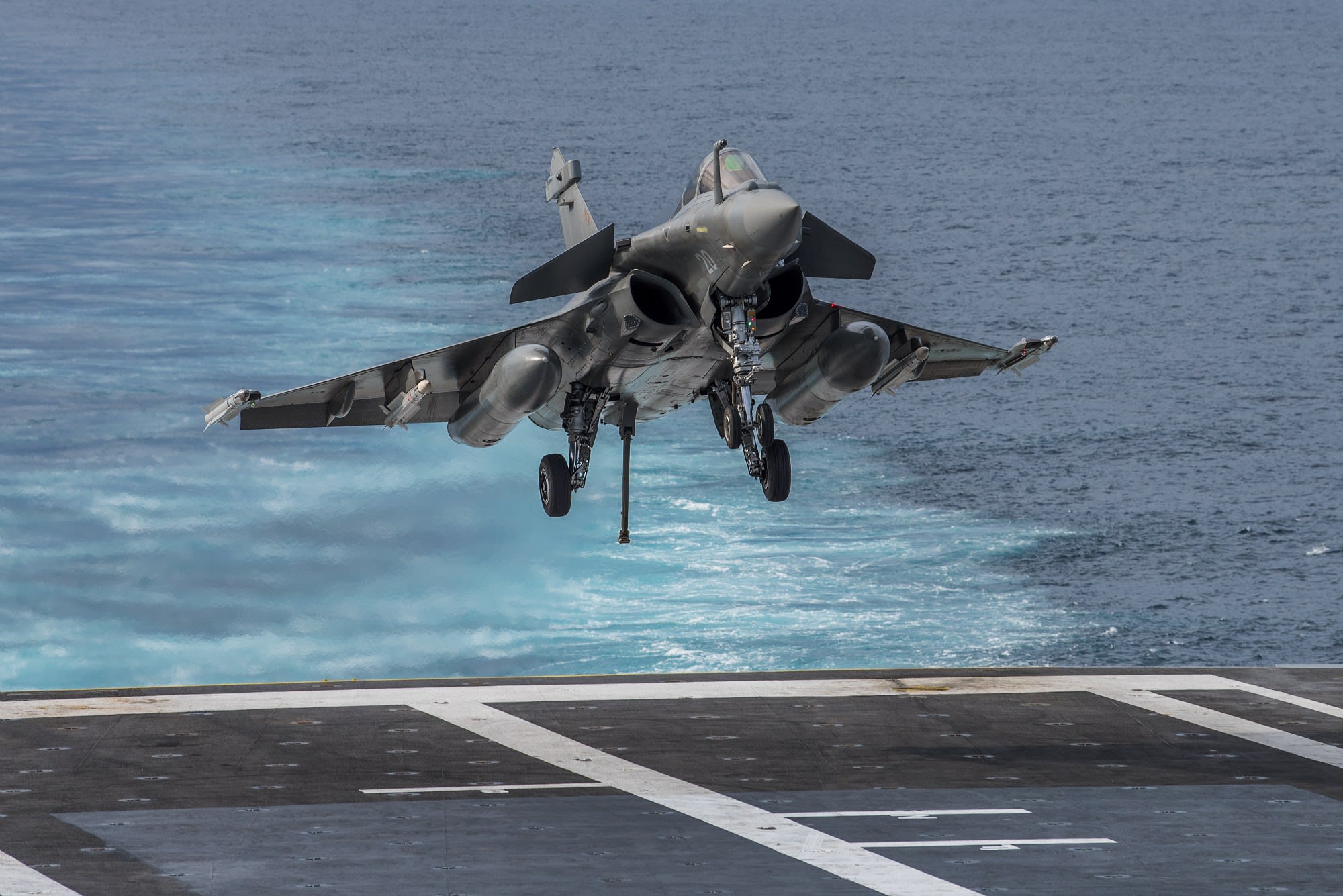
The Indian Navy is inching closer to acquiring a variant of the renowned Rafale fighter jet specifically designed for aircraft carrier operations – the Rafale M. This single-seat variant is expected to cost around Euro 91.07 million per unit, comparable to the previously acquired Rafale jets for the Indian Air Force.
While sharing the core capabilities of the Rafale A, the Rafale M boasts crucial modifications for carrier operations. A key difference lies in the extended and reinforced nose section, designed to withstand the powerful launch mechanisms of aircraft carriers. Additionally, the undercarriage is strengthened to handle the demanding take-off and landing cycles on a moving platform at sea.
Continue readingSOURCE: RAUNAK KUNDE / NEWS BEAT / IDRW.ORG
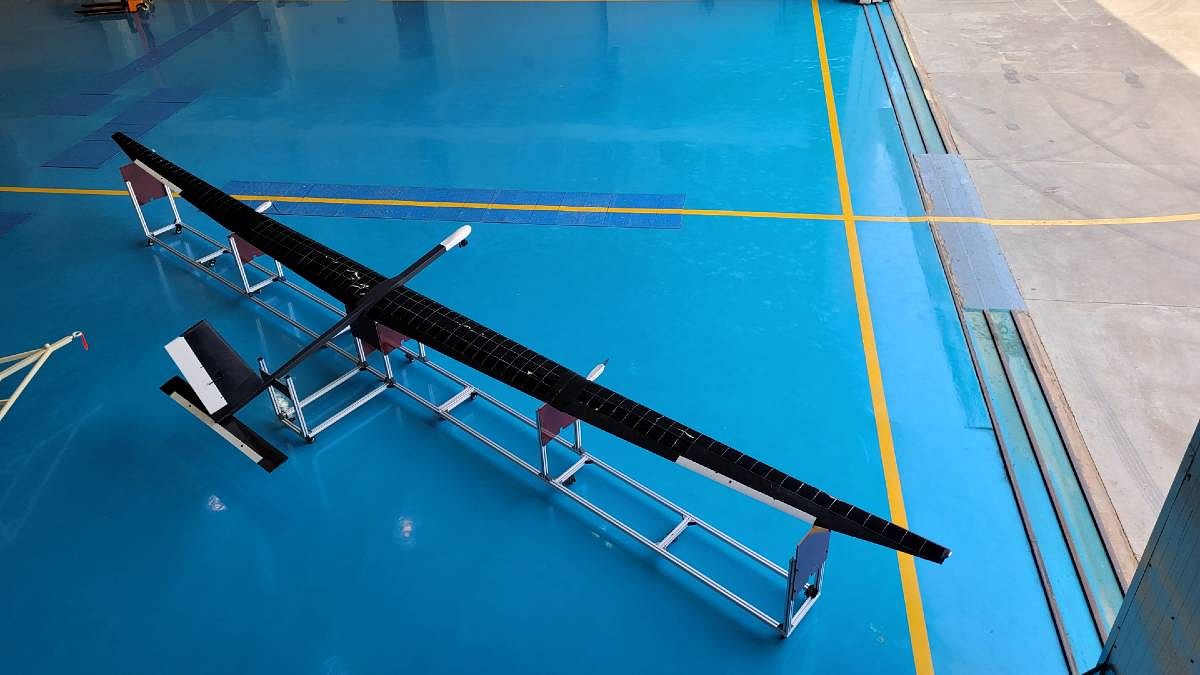
India’s National Aerospace Laboratories (CSIR-NAL) is soaring towards the next stage of its high-altitude platform (HAP) development. Building on the success of a recent sub-scale test flight, CSIR-NAL is set to construct a full-scale prototype equipped with cutting-edge features.
The May 7th test flight of a sub-scale vehicle proved to be a valuable learning experience. The flight saw the vehicle reach an altitude of 3,000 feet while carrying a synthetic aperture radar payload developed by the Indian start-up Galaxeye Space. Following the payload drop, the vehicle climbed even higher, reaching an impressive 25,000 feet.
Continue readingSOURCE: AFI
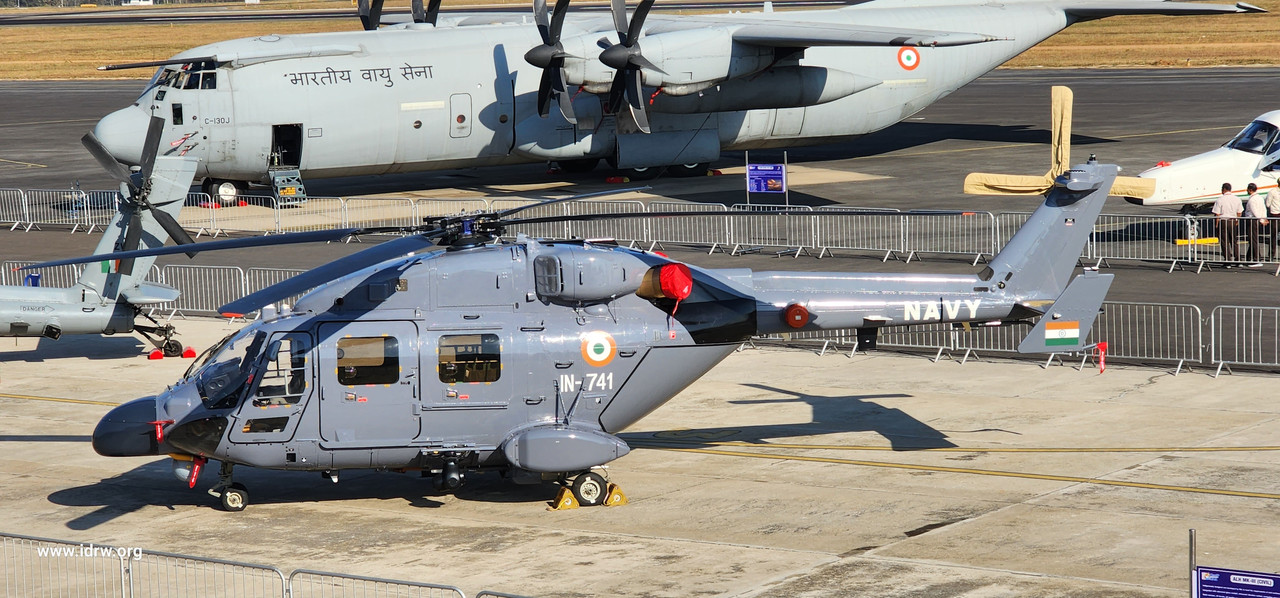
India’s Dhruv Advanced Light Helicopter (ALH) fleet is on the cusp of a significant transformation with a comprehensive safety upgrade slated for completion by the end of the month.
The Dhruv ALH, developed by Hindustan Aeronautics Limited (HAL), is a versatile helicopter used extensively by the Indian Armed Forces for a variety of missions, including search and rescue, medical evacuation, and troop transport. However, recent incidents and safety concerns have highlighted the need for critical upgrades to ensure the fleet’s continued effectiveness and safety.
Continue readingSOURCE: AFI

In a strategic move to bolster India’s energy portfolio and ensure a sustainable energy future, NTPC Ltd, India’s largest power utility, has announced its ambitious plan to achieve 10 GW of nuclear power generation capacity. This initiative will be spearheaded by a newly established subsidiary, NTPC Green Energy Ltd. This development underscores NTPC’s commitment to diversifying its energy sources and contributing to India’s clean energy goals.
NTPC’s foray into nuclear energy is part of its broader strategy to expand its renewable and clean energy footprint. Currently, the company predominantly relies on coal-based power generation. However, with growing concerns over climate change and the need for sustainable energy solutions, NTPC is increasingly shifting its focus towards greener alternatives. The goal of achieving 10 GW of nuclear capacity aligns with India’s national energy policies aimed at reducing carbon emissions and promoting clean energy.
Continue readingSOURCE: AFI

The Indian Space Research Organisation’s (ISRO) interplanetary mission to Venus, “Shukrayaan-1,” is facing a temporary setback. While the mission plan is finalized, it requires approval from the incoming Indian government, which is currently being formed following the recent national elections.
ISRO chairman S. Somanath confirmed this information during a media interaction last month. He explained that the elections caused a delay in the approval process, and the new government is expected to take up the matter soon.
Continue readingSOURCE: AFI

GalaxEye, a revolutionary space tech startup incubated at IIT Madras, is set to enthrall attendees at IPGF2024 with their groundbreaking hybrid sensor technology. The event takes place on June 11-12, and GalaxEye invites you to visit their booth (#38) to experience the future of space-based Earth observation.
GalaxEye takes center stage at IPGF2024 showcasing the world’s first-ever SAR (Synthetic Aperture Radar) + EO (Electro-Optical) satellite. This innovative offering promises unparalleled Earth observation capabilities, making it a game-changer for various industries.
Continue readingSOURCE: IDRW.ORG.
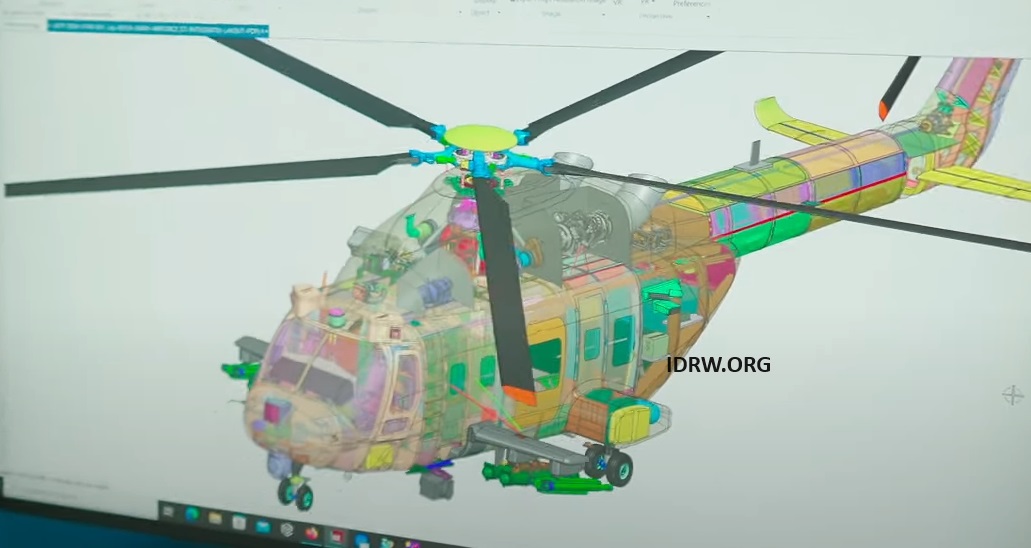
Hindustan Aeronautics Limited (HAL) and Safran Helicopter Engines, a French leader in helicopter engine manufacturing, have embarked on a collaborative effort to develop a new engine for India’s indigenous Multi-Role Helicopter (IMRH) program. This initiative signifies a significant step towards self-reliance in India’s defense aviation sector.
The joint venture between HAL and Safran will not only ensure local production of the IMRH engine but also grant India intellectual property rights (IPR) for the technology. This crucial aspect allows India to further develop and manufacture the engine and its variants without requiring continual approval from Safran.
Continue readingSOURCE: IDRW.ORG.
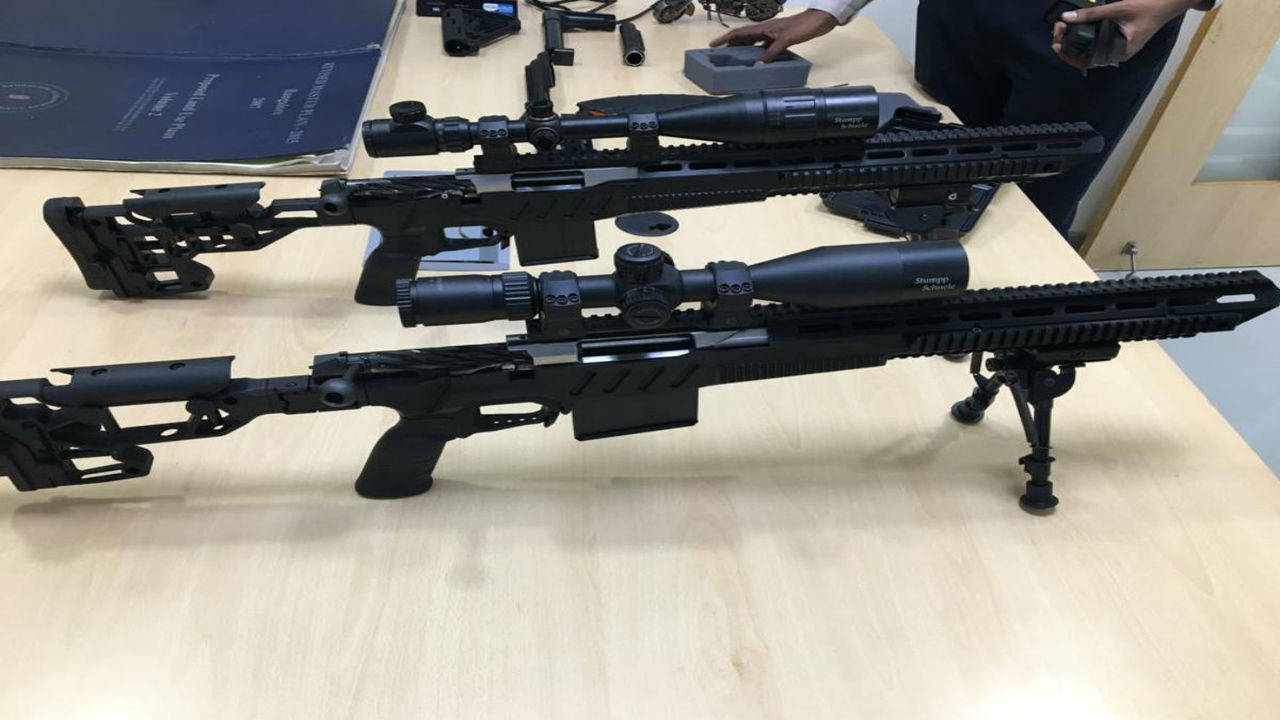
Vivek Krishnan, CEO of SSS Defence, recently made a compelling statement about the company’s readiness to address critical defense needs for India with indigenous, high-standard weaponry. This declaration comes in response to remarks made by former Jammu and Kashmir police chief Shesh Paul Vaid, who highlighted a request from the Indian Army’s Northern Command for 50 snipers equipped with Australian rifles to counter Pakistani sniper attacks.
Krishnan emphasized that the company can provide indigenous weapons that meet international standards, devoid of the restrictions and complications often associated with foreign arms deals. He pointedly criticized the bureaucratic and diplomatic entanglements typical of such procurements, which include end-use guarantees, licensing issues, and high costs, often compounded by diplomatic pressures and critiques of India’s human rights record.
Continue readingSOURCE: RAJESH AHUJA / FOR MY TAKE / IDRW.ORG

In an era marked by escalating maritime tensions and the rapid expansion of China’s naval capabilities, the need for enhanced naval power and cooperation among like-minded nations has never been more pressing. A strategic proposal should be that Four nations come together for a collaborative effort between India, France, Japan, and South Korea to build a fleet of advanced aircraft carriers. some for the arguments for the Quad Carrier Cooperation is that.
China’s rapid naval expansion and future ambitions, including the development of larger aircraft carriers and advanced technologies like EMALS, pose a significant challenge to regional security. To maintain a strategic balance, India, France, Japan, and South Korea will need more and larger aircraft carriers equipped with cutting-edge technologies. The collaborative construction of these carriers is aimed at ensuring that the participating nations can effectively counter China’s growing naval capabilities.
Continue readingSOURCE: AFI
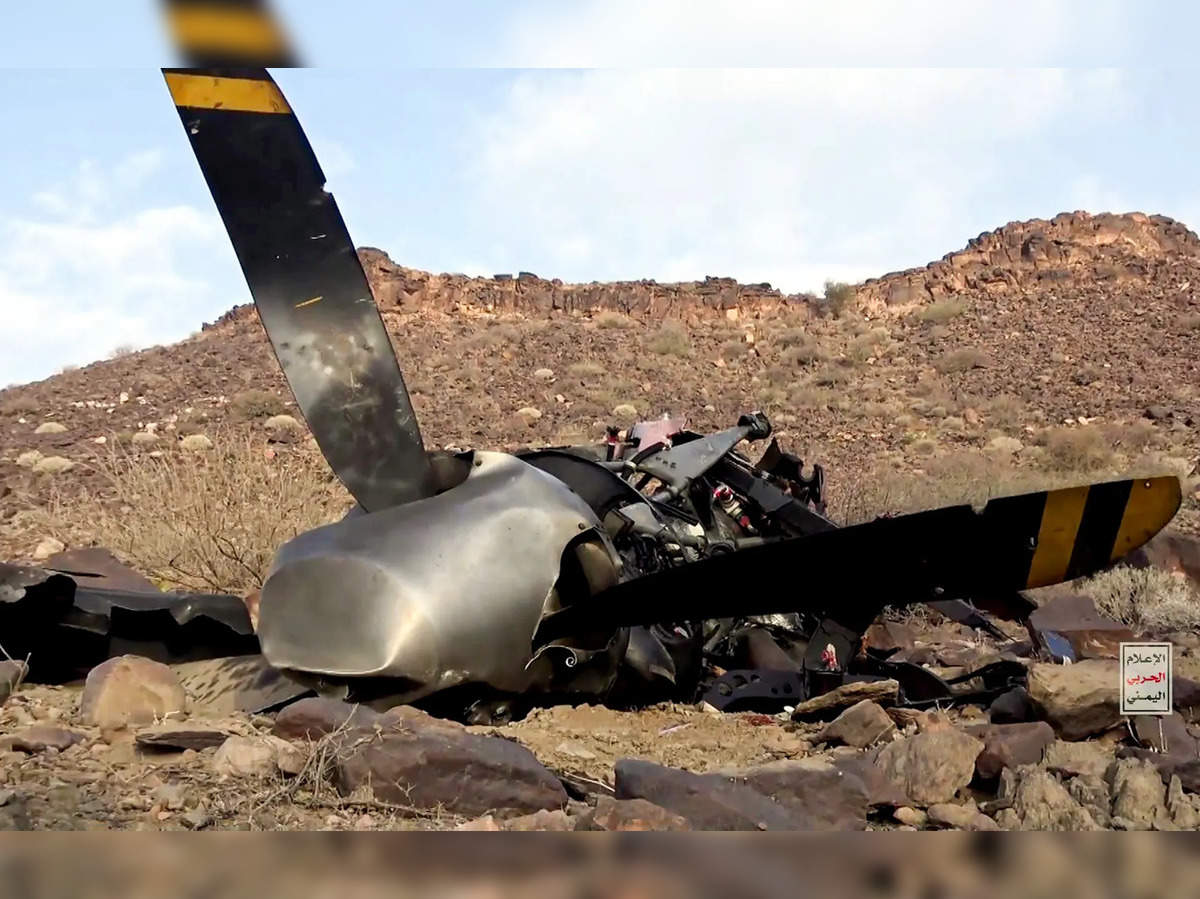
Sputnik, a Russian state-owned news agency, has cast doubt on India’s recent acquisition of 31 MQ-9B High-Altitude Long-Endurance (HALE) Unmanned Aerial Vehicles (UAVs) from the United States. The deal, valued at over $3 billion, has raised concerns from Sputnik regarding the effectiveness of the drones.
Sputnik points to the recent downing of several MQ-9 variants (not specifically MQ-9B) by Houthi rebels in Yemen as evidence of potential vulnerability. The news agency highlights the loss of nearly six MQ-9 drones within a few weeks, questioning the platform’s survivability in contested environments.
Continue readingSOURCE: AFI
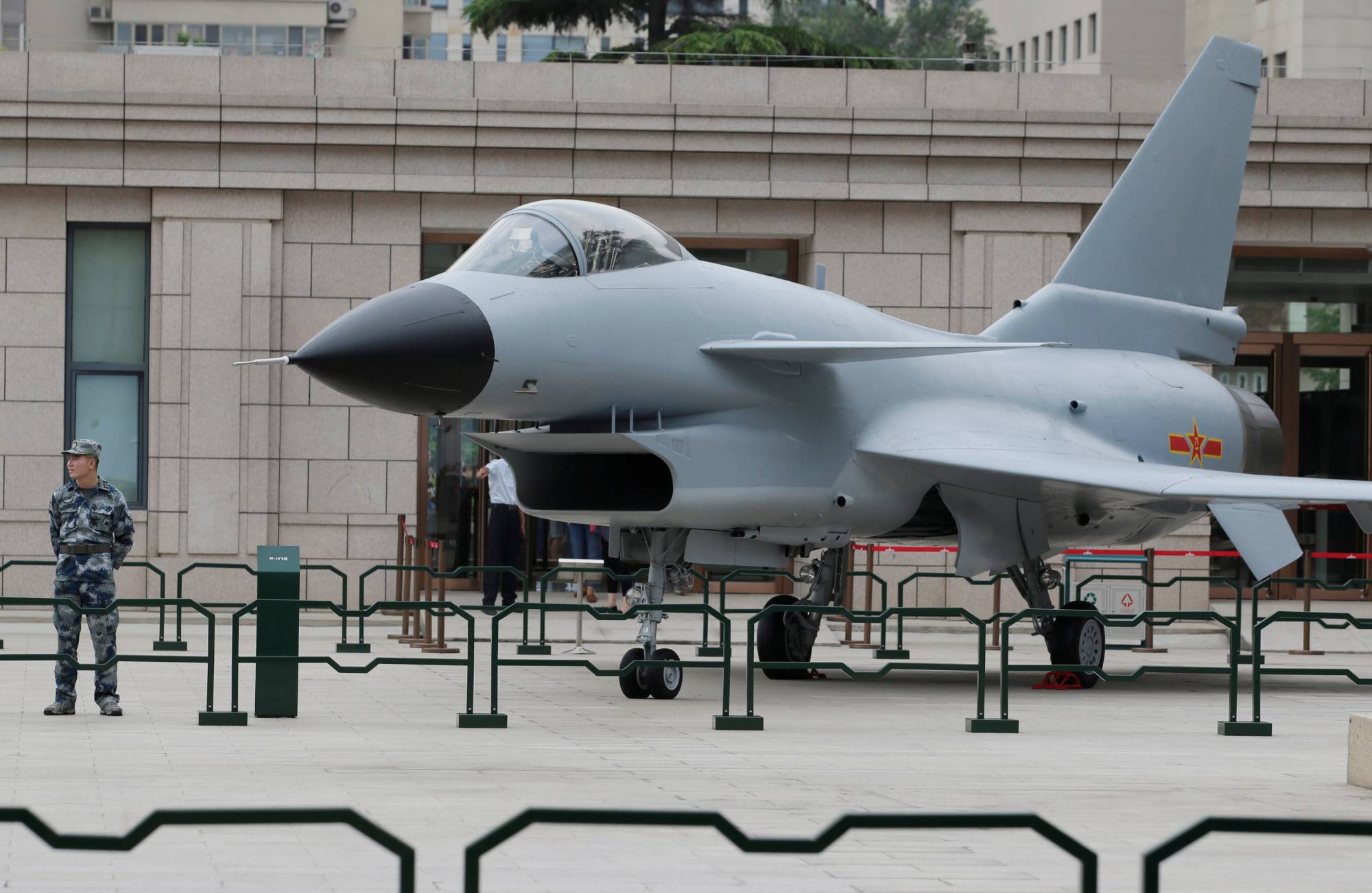
China’s rise as a military power includes a growing presence in the arms trade. However, despite significant economic and military advancements, China’s ambitions in the high-end fighter jet market haven’t quite hit the mark.
China’s J-10 and J-20 fighter jets appear impressive on paper, with the J-20 often compared to the top-of-the-line US F-22 Raptor and F-35. However, these jets lack real-world experience. Flown exclusively by the People’s Liberation Army Air Force (PLAAF), they haven’t participated in international exercises or actual combat. This lack of a proven track record makes potential buyers hesitant, especially since established players like the US have a long history of successful fighter jet deployment.
Continue reading